When I first learned about Dyson’s Zone earphones/air purifier, I wasn’t sold on the wacky concept. However, after spending time with an engineer at CES 2023 who worked on the headphones/air purifier, I began to really like the precision this weird device offers.
The first thing that struck me when I sat down to learn about the new headset was the row of prototypes staged along the wall. You can see where Dyson started with air filtration and how it slowly started adding its own audio solutions to the process. It’s cool to look at how the design process for a complicated product like this evolves with sometimes not-so-subtle iterations.
The next thing that really took me aback was how flexible the face shield is. I expected hard plastic, but it’s more rubbery than I anticipated. It sounds implausible, but I swear you can fold it up and jam it into a pocket if you want. The shield is also magnetized to the headset, so you can easily remove it. For a quick chat, it also features hinges that allow you to drop the mask for a quick conversation. When you do this, the headphones’ noise-cancelling disables so you can hear the person you’re talking to.
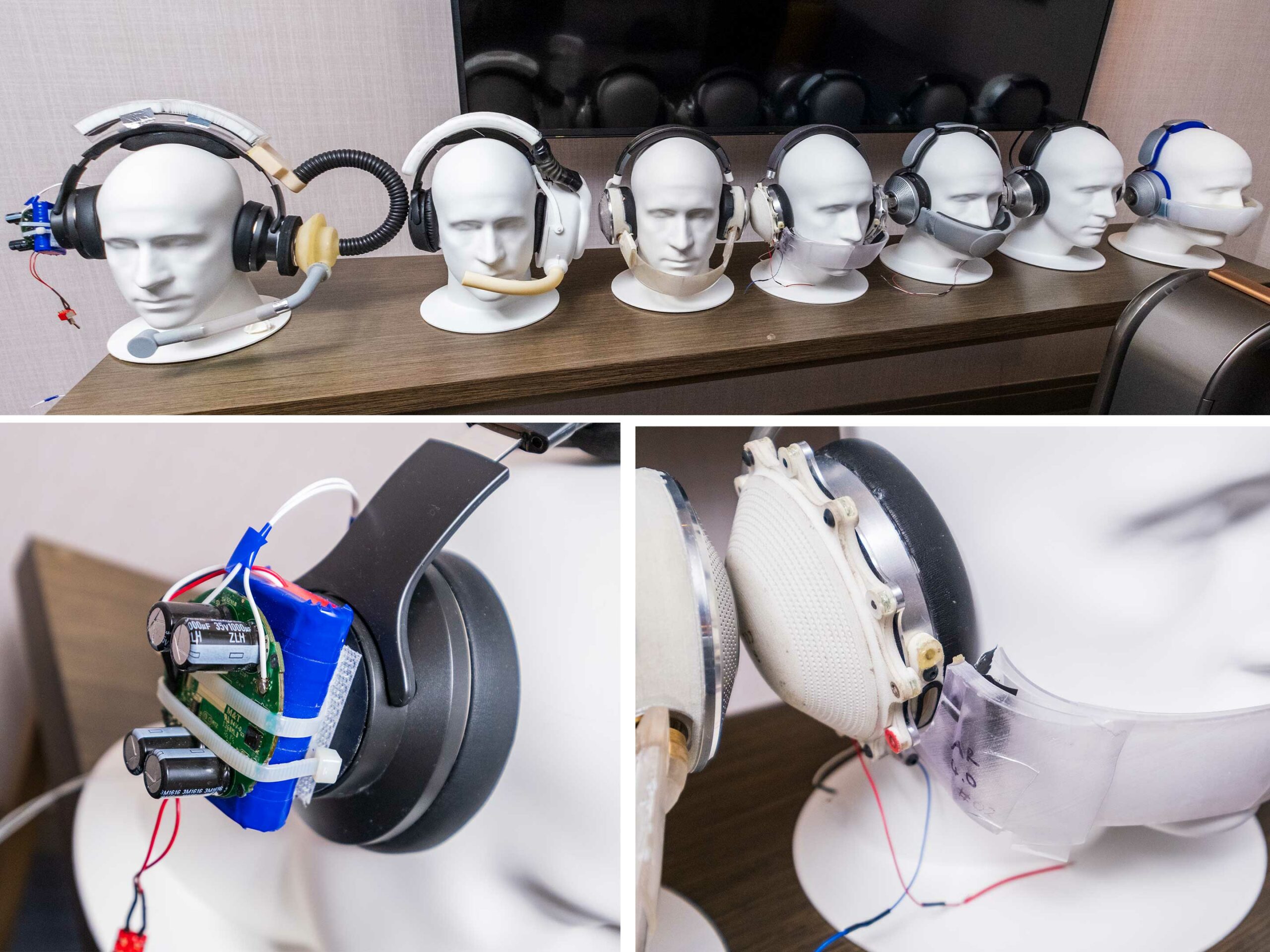 Dyson appears to have thought of everything from cleaning the headset to making it fit with multiple face shapes, while still allowing you to get gulps of fresh air with ease.
Dyson appears to have thought of everything from cleaning the headset to making it fit with multiple face shapes, while still allowing you to get gulps of fresh air with ease.
Moving back over to the headphone/air filtration aspect, the company has paid significant attention to this portion of the device. When you strip off parts, you can see where Dyson has milled out little plastic holes to ensure that the earcups’ fans don’t wobble and stay as quiet as possible. It’s an incredibly small attention to detail, but it’s also what you’d expect from a product with a $949 USD (roughly $1,269 CAD) cost.
Other notable features are the plush earcups that pull double duty as strong sound dampening to help improve the noise-cancelling. Still, even with these earcups, the headphones are comfortable, and the foam lining inside the over-head arc is plush and soft. Compared to the rigid metal bars of my AirPods Max, for example, Dyson’s Zone felt like wearing a cloud.

A view of the milled holes used to balance the fan.
However, as lux and detailed oriented as this headphone system is, I worry about it being a tough sell to consumers. It’s not certified to be used in factories, it’s too expensive and bulky to compete against regular headphones, and the most significant use cases for the mask seem to be people with long public transit commutes.
There’s likely a small niche that care about good-sounding headphones and breathing clean air that also have over $1,000 CAD to spend on a device like this, but for most of us, the ZOne feels like a concept detached from reality.








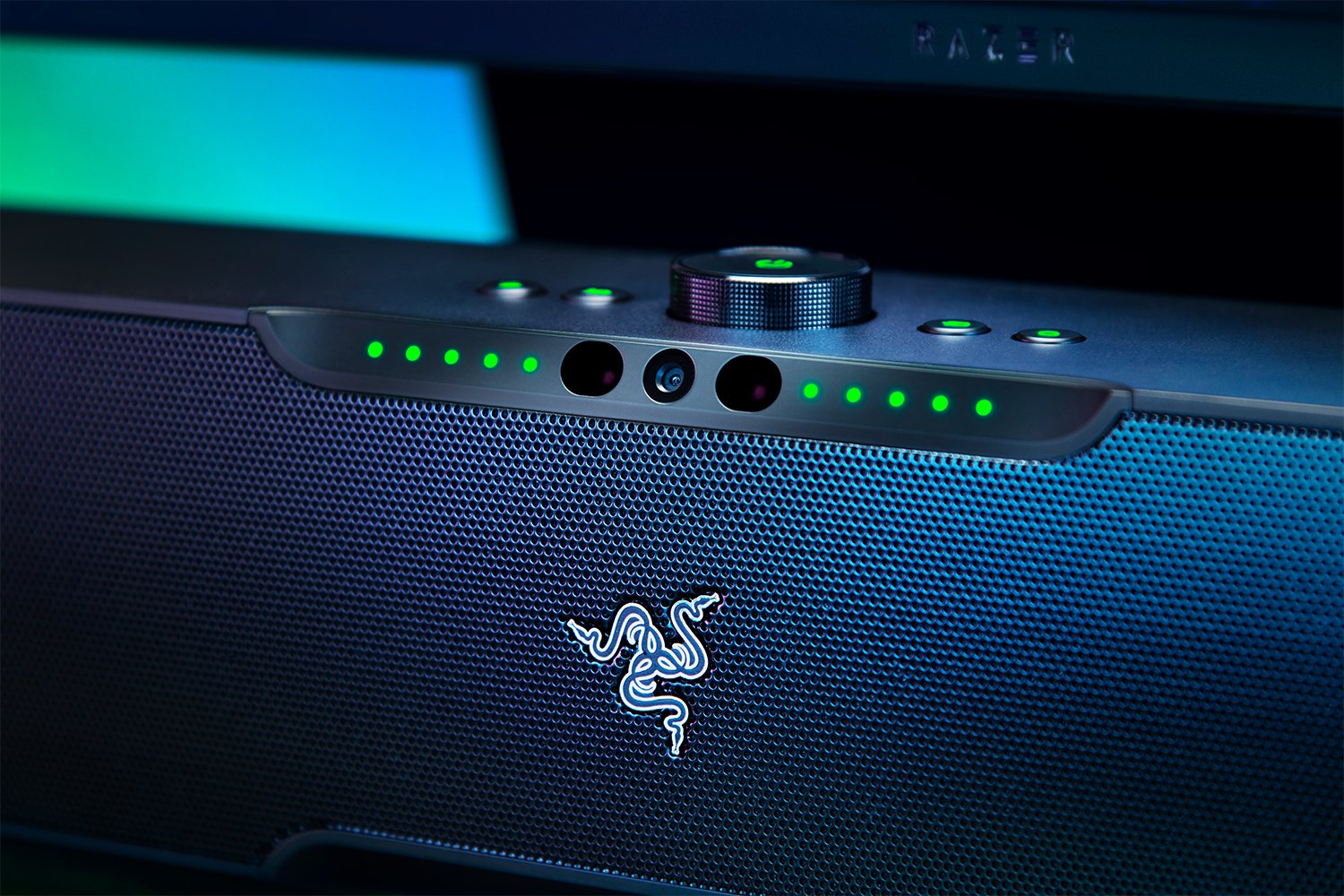 While offering beam forming and head-tracking features, alongside 30 Razer Chroma RGB light zones, the Leviathan V2 Pro’s overall footprint is surprisingly small. The compact soundbar can connect to your devices via Bluetooth and USB for connection with a PC. It also features a 3.5 mm headset jack and USB audio input, and comes with a subwoofer for enhanced bass.
While offering beam forming and head-tracking features, alongside 30 Razer Chroma RGB light zones, the Leviathan V2 Pro’s overall footprint is surprisingly small. The compact soundbar can connect to your devices via Bluetooth and USB for connection with a PC. It also features a 3.5 mm headset jack and USB audio input, and comes with a subwoofer for enhanced bass.




 While I can’t speak to the practicality of having two displays, at least the ThinkBook Plus Twist is trying something new. It’s certainly more intriguing than a traditional clamshell (admittedly, I am a staunch proponent of the traditional clamshell). And unlike many things at CES, you might actually be able to buy the ThinkBook Plus Twist in the future — at least, in the U.S. Lenovo says it expects the Plus Twist to be available starting in June 2023 for $1,649 USD (about $2,239.78).
While I can’t speak to the practicality of having two displays, at least the ThinkBook Plus Twist is trying something new. It’s certainly more intriguing than a traditional clamshell (admittedly, I am a staunch proponent of the traditional clamshell). And unlike many things at CES, you might actually be able to buy the ThinkBook Plus Twist in the future — at least, in the U.S. Lenovo says it expects the Plus Twist to be available starting in June 2023 for $1,649 USD (about $2,239.78).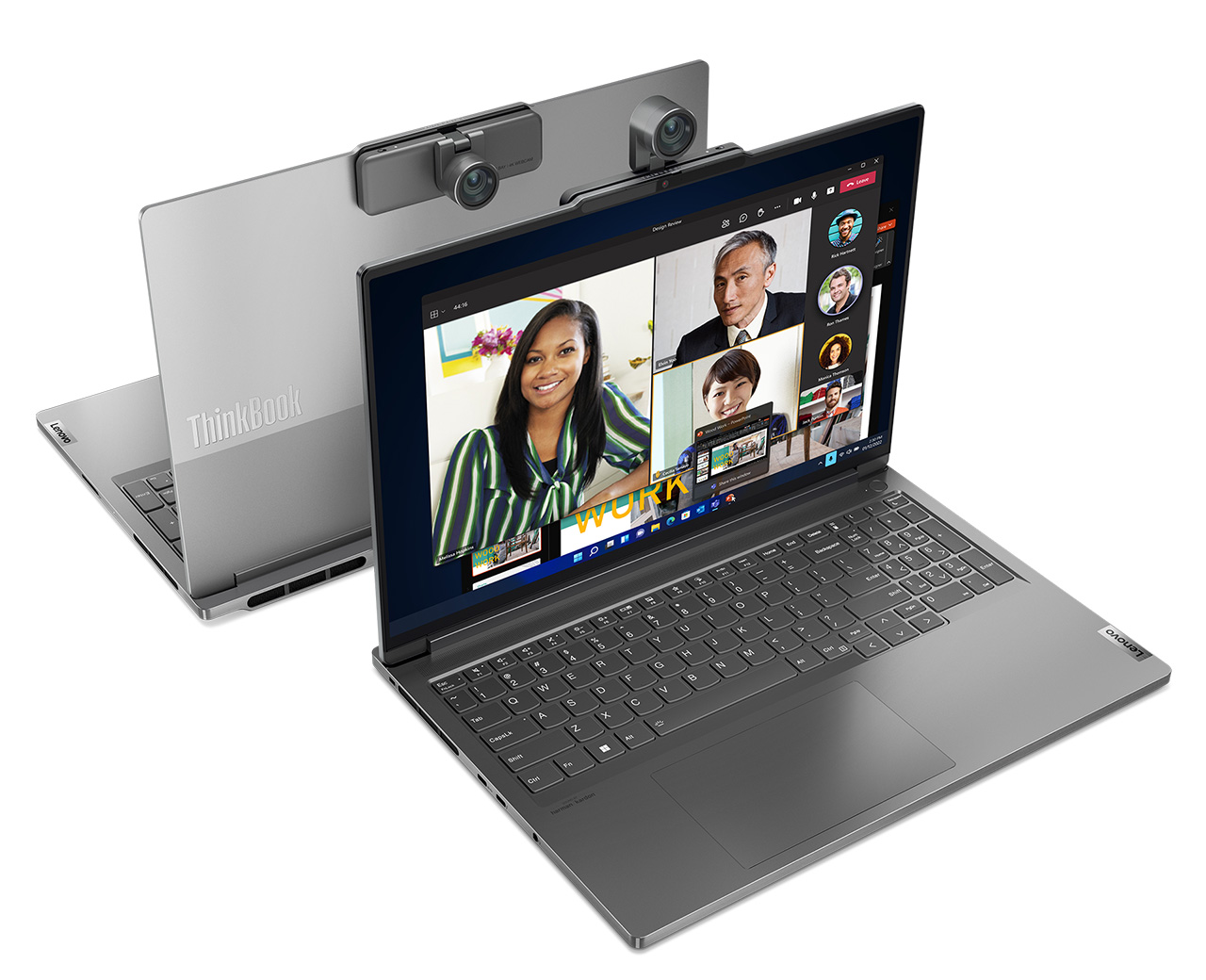
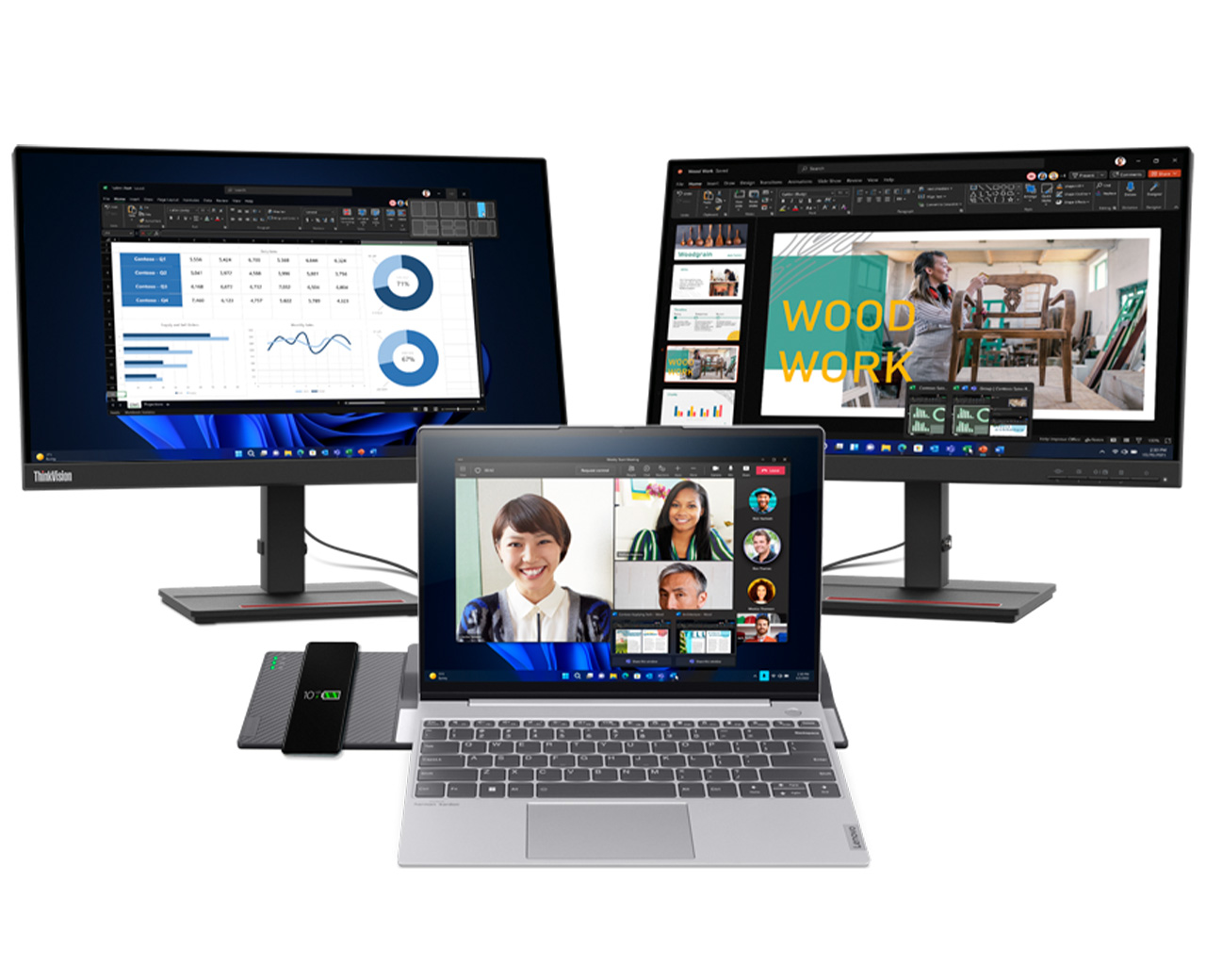 Speaking of wireless, Lenovo also unveiled a ThinkBook Wireless Dock. While it unfortunately only supports the Lenovo ThinkBook 13x Gen 2 for now, it actually seems like a neat solution. Lenovo describes it as “put-and-play,” an upgrade to plug-and-play. The Wireless Dock works exactly as you’d expect — it’s a large pad that users can place their laptops on. The dock offers connectivity for additional monitors and up to 65W charging (there’s also a 10W wireless charger for your smartphone).
Speaking of wireless, Lenovo also unveiled a ThinkBook Wireless Dock. While it unfortunately only supports the Lenovo ThinkBook 13x Gen 2 for now, it actually seems like a neat solution. Lenovo describes it as “put-and-play,” an upgrade to plug-and-play. The Wireless Dock works exactly as you’d expect — it’s a large pad that users can place their laptops on. The dock offers connectivity for additional monitors and up to 65W charging (there’s also a 10W wireless charger for your smartphone).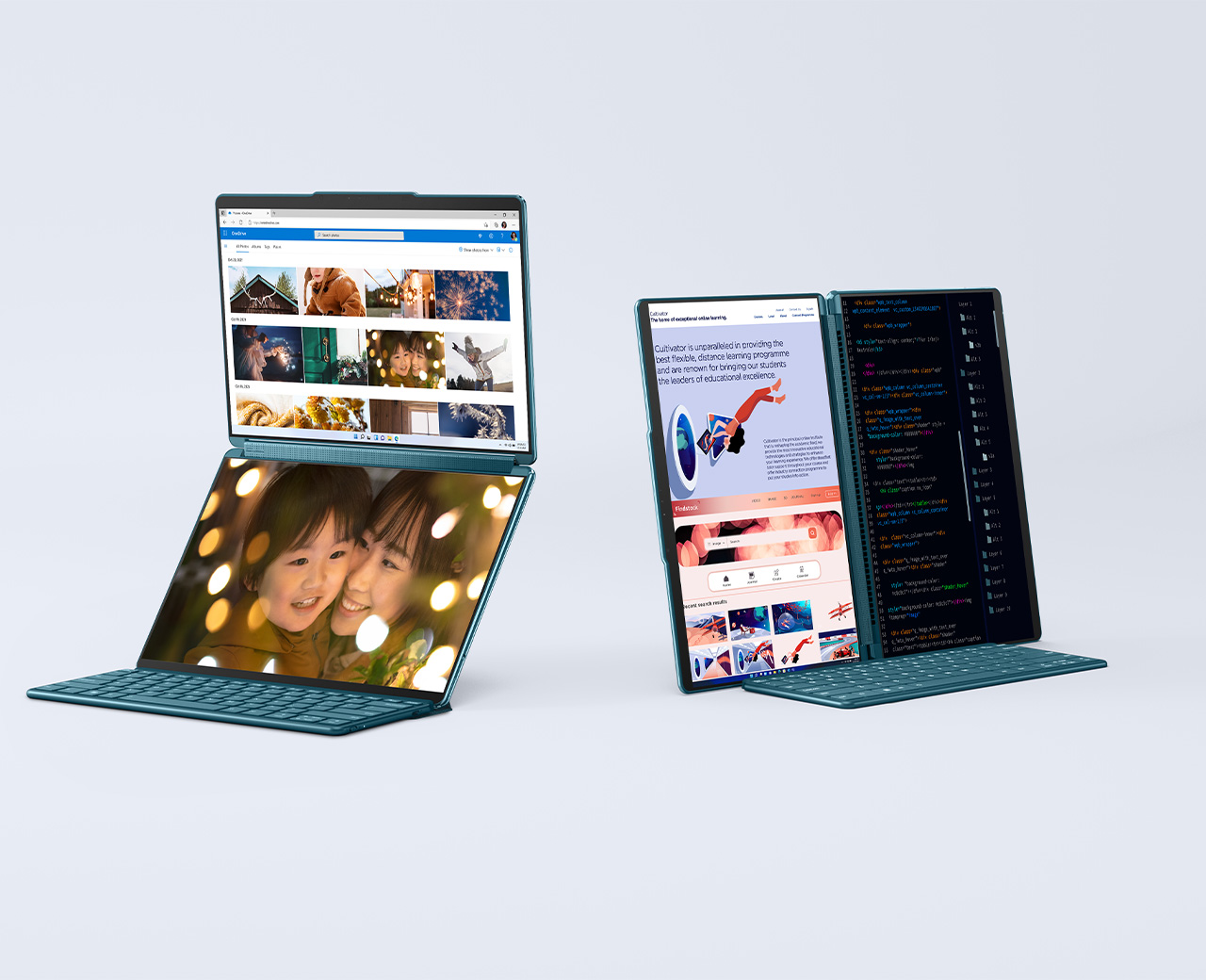 Lenovo showed off the absolutely insane Yoga Book 9i, which is basically a clamshell laptop except with a whole second display where the keyboard should be. Some of the product renders showing off the ways to use the Yoga Book 9i can only be described as deranged, but I’m also very intrigued by the idea of being able to carry around multiple displays in one convenient package. The Book 9i will cost $2,099.99 USD (roughly $2,852.34 CAD) and will be available starting June 2023.
Lenovo showed off the absolutely insane Yoga Book 9i, which is basically a clamshell laptop except with a whole second display where the keyboard should be. Some of the product renders showing off the ways to use the Yoga Book 9i can only be described as deranged, but I’m also very intrigued by the idea of being able to carry around multiple displays in one convenient package. The Book 9i will cost $2,099.99 USD (roughly $2,852.34 CAD) and will be available starting June 2023.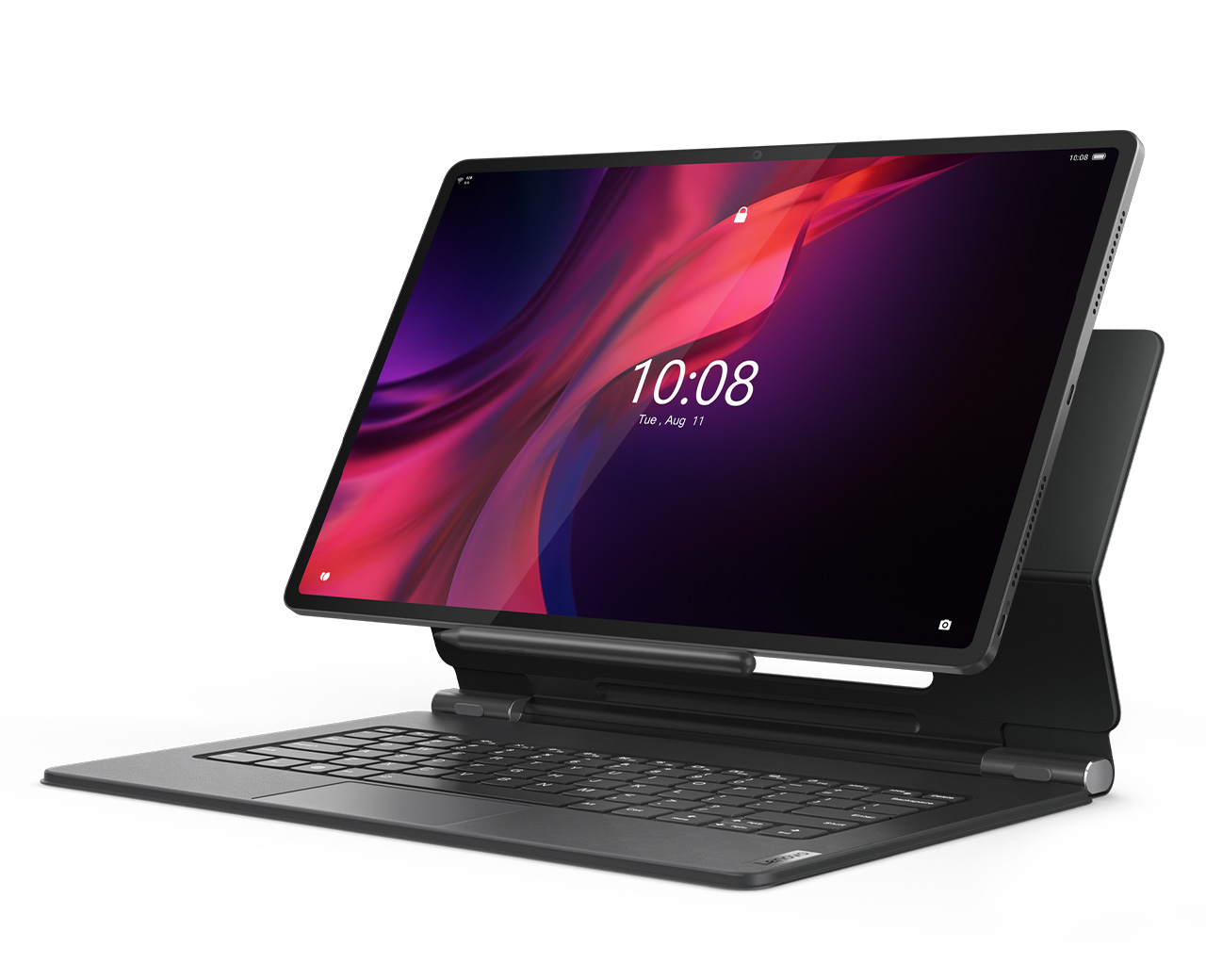 Moving away from laptops, I want to highlight the Lenovo Tab Extreme and Lenovo Smart Paper. The Tab Extreme is Lenovo’s latest take on an Android tablet, but rather than a cheap mid-range option ideal for entertainment, the Tab Extreme seems aimed to take on the iPad Pro. While I have no illusions about whether the Tab Extreme will succeed in that regard, it does offer some interesting specs: a 3K Oled display with 120Hz refresh rate powered by a MediaTek Dimensity 9000 Octa-core CPU, JBL 4-channel speakers with spatial audio and more. There’s also a fancy keyboard accessory for it that is basically Lenovo’s take on Apple’s
Moving away from laptops, I want to highlight the Lenovo Tab Extreme and Lenovo Smart Paper. The Tab Extreme is Lenovo’s latest take on an Android tablet, but rather than a cheap mid-range option ideal for entertainment, the Tab Extreme seems aimed to take on the iPad Pro. While I have no illusions about whether the Tab Extreme will succeed in that regard, it does offer some interesting specs: a 3K Oled display with 120Hz refresh rate powered by a MediaTek Dimensity 9000 Octa-core CPU, JBL 4-channel speakers with spatial audio and more. There’s also a fancy keyboard accessory for it that is basically Lenovo’s take on Apple’s 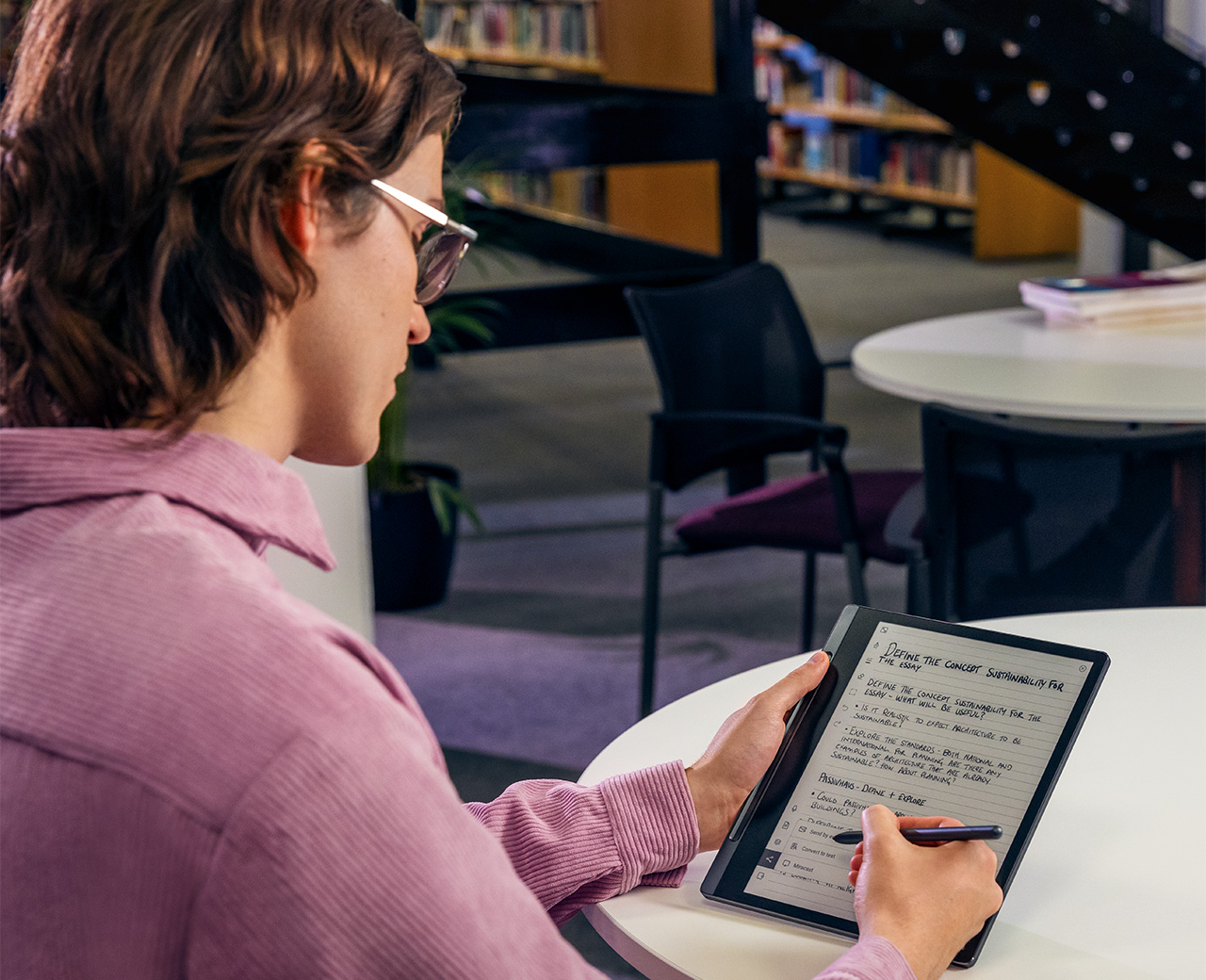 The Smart Paper, on the other hand, is a 10.3-inch e-ink tablet designed for writing and drawing with “virtually no lag.” The Smart Paper is, for all intents and purposes, a Kindle Scribe. However, I think these e-ink notepads are really interesting concepts — whether it could replace my trusty notebook remains to be seen.
The Smart Paper, on the other hand, is a 10.3-inch e-ink tablet designed for writing and drawing with “virtually no lag.” The Smart Paper is, for all intents and purposes, a Kindle Scribe. However, I think these e-ink notepads are really interesting concepts — whether it could replace my trusty notebook remains to be seen.